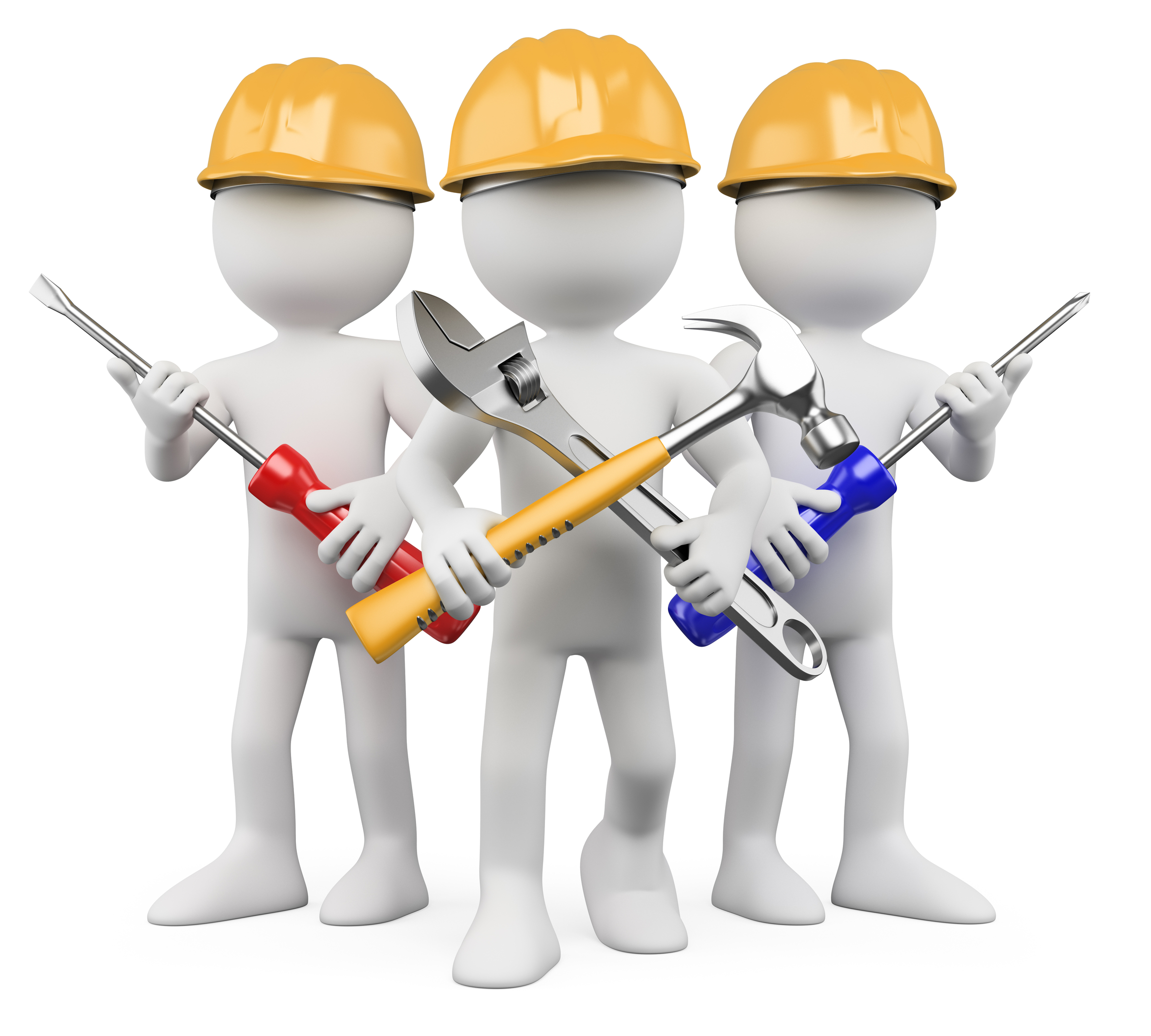As a landlord, maintaining your rental property is not just a matter of responsibility; it’s also a smart investment strategy. A well-maintained property not only attracts and retains quality tenants but also helps you avoid costly repairs in the long run. In this blog post, we’ll delve into the importance of a rental property maintenance schedule and provide you with a comprehensive guide on how to create one.
Why You Need a Maintenance Schedule:
- Preserving Property Value: Regular maintenance helps preserve the value of your property. Neglecting maintenance can lead to deterioration and a decrease in property value.
- Happy Tenants: Well-maintained properties are more attractive to tenants and can lead to longer tenancies. Happy tenants are more likely to renew their leases.
- Avoiding Costly Repairs: Small maintenance tasks are often less expensive than major repairs that result from neglect. Timely maintenance can save you money in the long term.
Creating Your Maintenance Schedule:
- Start with an Inspection: Begin by conducting a thorough inspection of your property. Note any existing issues and prioritize tasks based on their urgency.
- List Regular Tasks: Create a list of routine maintenance tasks, such as checking for leaks, inspecting the HVAC system, and cleaning gutters. These tasks should be performed on a regular schedule.
- Seasonal Maintenance: Some tasks are best suited for specific seasons. For example, cleaning the chimney or servicing the heating system is ideal in the fall, while checking the air conditioning unit should be done in the spring.
- Safety First: Ensure that safety-related tasks, such as testing smoke detectors and carbon monoxide alarms, are included in your schedule and performed without fail.
- Budget for Maintenance: Allocate a portion of your rental income to cover maintenance costs. Having a dedicated budget ensures that you’re financially prepared for upkeep.
- Documentation: Keep records of all maintenance tasks, including dates, descriptions of work performed, and receipts for expenses. This documentation is crucial for both financial tracking and potential disputes.
Regular vs. Emergency Maintenance:
It’s important to distinguish between regular maintenance and emergency maintenance. Regular maintenance is planned and scheduled, while emergency maintenance involves urgent repairs like burst pipes or electrical issues. Your maintenance schedule should address both types of tasks.
Hiring Professionals:
While you can handle some maintenance tasks on your own, others may require professional expertise. For tasks like electrical or plumbing work, it’s wise to hire licensed professionals to ensure safety and compliance with local regulations.
Communicate with Tenants:
Inform your tenants about upcoming maintenance tasks well in advance. Clear communication helps avoid inconveniencing your tenants and demonstrates your commitment to property care.
In Conclusion:
A well-structured maintenance schedule is an essential tool for landlords. It not only protects your investment but also contributes to tenant satisfaction. By staying proactive and budgeting for maintenance, you’ll keep your rental property in excellent condition, attract quality tenants, and enjoy a more profitable and stress-free investment journey.
Remember, maintaining your property is an ongoing process, and a well-maintained property is often the key to long-term success in the rental market.



